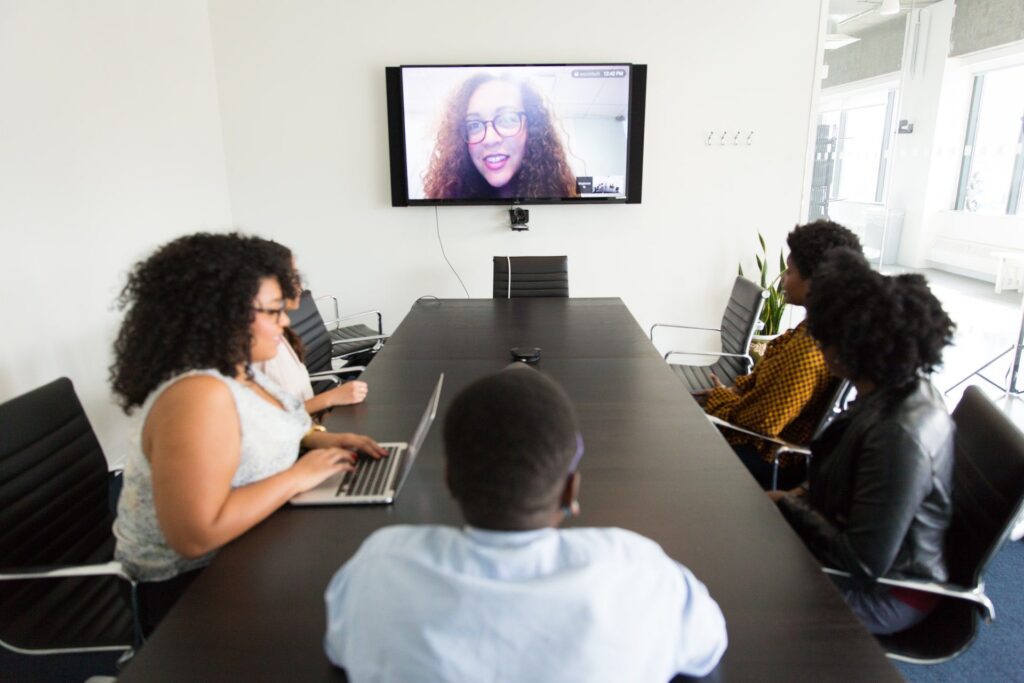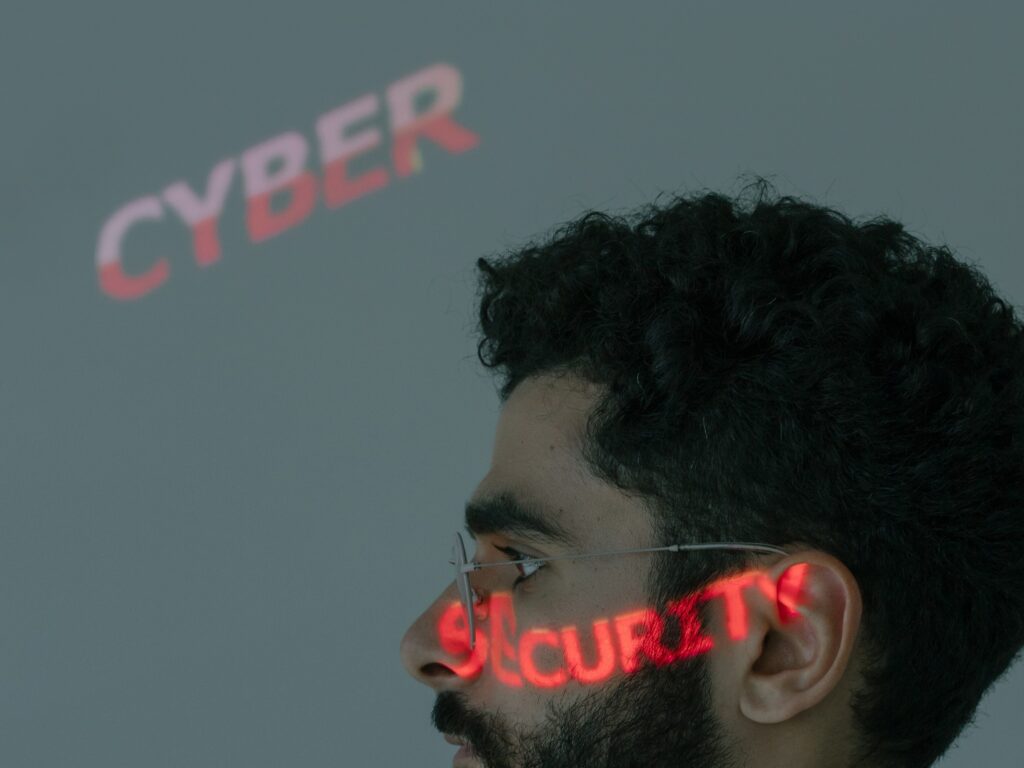Imagine if the key to effective communication lay in the art of information. In this blog post, we’ll explore how mastering communication skills can be the catalyst for building cohesive, high-achieving teams. Join us on this journey where the right words can redefine your team’s path to success.

In the fast-paced world of modern business, effective communication is the linchpin of success. Whether your team works remotely or in the same office, the ability to interact clearly and collaboratively can make or break projects. In this blog post, we’ll explore the profound impact of communication skills on team dynamics and offer actionable strategies to foster stronger teams through more effective interaction.
The Foundation of Strong Teams
This section lays the groundwork by highlighting the critical role communication plays in team cohesion. We’ll discuss how clear and open communication fosters trust, transparency, and a sense of belonging within a team. Readers will understand why communication is the bedrock upon which strong teams are built.
Active Listening and Empathy
One of the most overlooked yet vital aspects of effective communication is active listening and empathy. We’ll delve into these essential skills, providing practical techniques for team members to enhance their ability to listen actively and empathize with their colleagues. These skills not only improve understanding but also create a more inclusive and empathetic team culture.
The Power of Clarity
Miscommunication can derail even the most well-intentioned projects. In this chapter, we’ll explore the importance of clear and concise communication. We’ll offer tips on structuring messages, avoiding jargon, and asking clarifying questions. Readers will learn how to convey ideas with precision and prevent misunderstandings.
Effective Written Communication
Written communication is a cornerstone of modern teamwork, especially in the age of remote work and digital collaboration tools. We’ll discuss best practices for crafting effective emails, messages, and documents that enhance team productivity and understanding. This chapter will empower readers to wield the written word as a tool for collaboration.

Navigating Conflict with Constructive Communication
Conflict is a natural part of team dynamics. However, how teams address and resolve conflicts can define their success. We’ll explore techniques for approaching conflicts with a constructive mindset, facilitating open dialogues, and reaching mutually beneficial resolutions. This chapter equips readers to transform conflicts into opportunities for growth and innovation.
To find out more about effective team communication, Contact us.
Virtual Team Communication
In our increasingly global and remote work landscape, virtual team communication is paramount. We’ll delve into strategies and tools for effective virtual meetings, remote collaboration, and digital communication etiquette. Whether your team spans continents or simply works from home, this chapter provides guidance for seamless virtual interactions.
Building a Communication-Focused Team Culture
Communication is not solely the responsibility of individuals; it’s a team effort. We’ll discuss how organizations can foster a communication-focused team culture by promoting transparency, offering communication training, and creating spaces for open dialogue. This chapter guides leaders in cultivating a collaborative and communicative atmosphere within their teams.
The Continuous Journey of Improvement
Effective communication is not a one-time achievement but an ongoing journey of improvement. In this concluding chapter, we’ll emphasize the importance of continuous learning and practice. We’ll provide resources and next steps for individuals and teams to continually enhance their communication skills.
Conclusion
Effective communication is the secret sauce that transforms groups of individuals into cohesive, high-performing teams. By mastering communication skills, teams can navigate challenges, foster innovation, and achieve their goals with greater efficiency and harmony. Whether your team communicates in person or virtually, these strategies will help you build stronger teams through more effective interaction.



